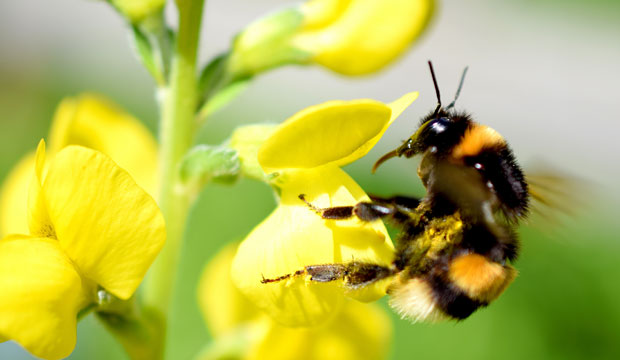Thanks for member Duncan Allison for these notes each month.
The largely bipartisan Farm Bill has been signed by President Trump and proves that both parties can work together – the House was 369 in favor and 47 against with the Senate 87 to 13. The holdup was related to “Congress’s refusal to expand the harsh 3 month time limit and related work requirement proposed” by the House. Remember that around 80% of the Farm Bill funding is directed to nutrition programs. There was clearly recognition that farmers have been suffering as in 2018 when farm income dropped a further 12% to levels not experienced since 2002 with little or no indication of short term improvement.So the Bill provides a safety net for farmers through a complicated system of compensating farmers when market prices are below cost of production while also maintaining key conservation and research programs.
Value of equine industry in the US. Several recent surveys have confirmed the continuing and valuable role that horse owners play in the U.S. The American Horse Council survey estimated that the equine industries, mainly recreation, racing and competition, generate approximately $122 billion in total economic value. 38 million or 30.5% of U.S. households contain a horse enthusiast and 38% of participants are under the age of 18. These results are in line with the survey carried out in 2017 by the Chester Delaware County Farm Bureau in the 10 counties of SE PA – $668 million total GDP impact and sustains 6,556 jobs.
Insect populations are down. There are some disturbing indications of a severe reduction in some insect populations. In the U.S. Monarch butterflies are down 90% in the last 20 years with the loss of 900 million individuals. The Rusty-Patched bumble bee which lives in 28 states is down 87% over the same period. German entomologists found that the overall abundance of flying insects in German nature reserves had decreased by 75% over 27 years with the midsummer populations dropping 82%. “Insects make up about two-thirds of all life on Earth [but] there has been some kind of horrific decline.” Goulson, University of Sussex, UK. The concern is that each generation considers the environmental degradation increases but the amount becomes the norm. Insects are food for most birds and fish, and bats so they play a significant role in our environment. “This isn’t something that only matters to academics in labs or butterfly collectors.” Insects play an important role in pollination, providing food in the food chain and decomposing organic matter.
There appears to be no comparable data on the populations of insects causing yield loss in crops either through natural causes or because of insecticide treatments. While the U.S. market (the biggest current market) is saturated, the growth globally from $14.5 billion in 2017 to $19.3 – 20.82 million five years out. Insect populations do not appear to have been declining in treated crops. It is expected that insecticides will be increasingly used in Asia Pacific as the pressure to produce more marketable crops intensifies.
However, environmental awareness is already minimizing insecticide use but this requires careful monitoring and management. For example drones are being tested for detecting insect populations and spraying only where detected. Real Meat vs Laboratory Meat – In the US Tyson and Cargill are investing quite heavily in plant-based proteins and meat grown in labs. However livestock groups are hoping to avoid the challenge that dairy producers are beginning to combat with “milk” products based on nut and other plant based liquids. One of the challenges is which government department would/should have oversight of this situation – USDA or the Food and Drug Administration. Meetings have already been held with regard to regulating and inspecting such products.
Health and food intake have always been linked but the links and significance of the food we eat is being continually confirmed. The University of Texas Center at Houston has found no significant link between dairy fats and the cause of death, specifically heart diseases and stroke (two of our biggest killers. “In addition to not contributing to death, the (research) results suggest that one fatty acid present in dairy milk may lower risk of death from cardiovascular disease, particularly from stroke.” Consistent with previous findings our results highlight the need to revisit current dietary guidelines on whole fat dairy foods, which are rich sources of nutrients such as calcium and potassium. These are essential for health not only during childhood but throughout life, particularly also in later years..” “Evidence-based research is the key to educating people about nutrition.”
Close collaboration is needed between the food industry and agriculture is the clear message from the Netherland Study Center for Technology Trends in The Hague, Netherlands. What are we doing today? We’ll explore next time.
The growth of the global population and the expected growth in income will increase the demand for food, agricultural land, water, energy and other (raw) materials. mostly take place in developing countries. In the developed countries the population will almost stay the same. In 2050 more than 60 percent of the global population will live in Africa and Asia. Life expectancy will have risen in 2050 to 83 in the developed countries and 72 in the developing countries. One fifth of the global population will be older than 60 by then; in Europe this will be one third [Terluin, Fontein et al. 2014].

